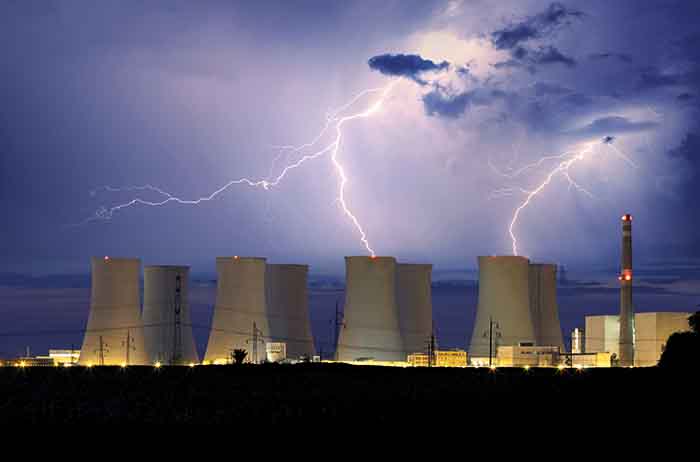By Dan Scott Lintott, investment analyst at De Lisle Partners
Thomas Edison would be shocked by the ways electricity has been used since he helped market its potential back in the 1880s. He’d be even more astonished to learn that, despite all the technological advances this century, electricity usage in the US remained flat, owing to grid efficiency gains, until 2021. This has all changed over the last two years.
The use of artificial intelligence has begun to intensify electricity demand. Edison was not the first to use electricity nor did he in fact invent the lightbulb. His success was in taking existing technology and making it commercially viable. Likewise, AI has been used for years, but it is the start of its commercial proliferation that is so exciting to investors.
How best then to get exposure to the AI theme? We ought to remember how Edison’s story ended. He was ultimately defeated by a superior commercial technology. For us as investors, predicting the winner is what counts in these nascent technologies, not just who did it first.
See also: Japan election uncertainty prompts carry trade concerns
Yet it is hard to tell who will have the best lightbulb. Will ChatGPT supplant Google search? It is hard to know. What we do know is that a ChatGPT query uses up to 10 times more electricity than a Google search.
The rush for commercial uses of AI therefore sets the stage for sustained electricity demand. A 2-3% increase in electricity usage since 2022 doesn’t sound like much, but in the context of the trillions of watts in existing global demand it is massive.
Newer data centres, the ones required for commercial AI, can require up to one gigawatt of electricity capacity annually. One megawatt is what a big box retailer uses (think an out-of-town Tesco). A gigawatt is roughly what it takes to power San Francisco, or 1000 Tesco’s. A new data centre could theoretically need a similar amount of power to San Francisco.
See also: Simon Edelsten returns to join Alex Illingsworth at new venture
So who are the real winners here?
We think there are two – energy producers and the enablers of energy related infrastructure.
While the big tech companies battle over AI supremacy, they are united by their requirement for electricity. All forms of energy production should benefit from this next leg up in demand. In the context of climate change, data centres specifically need clean (carbon free) baseload (always on) power generation.
Wind and solar are clean but suffer intermittency. Oil is dirty but can provide power when it is still and cloudy. Natural gas goes someway to reconciling this problem, as it is cleaner than oil while being accessible and affordable in the US. That is why exposure to responsible oil and gas producers is quickly becoming a derivative exposure to AI and part of the reason they form a part of our portfolio.
See also: Asia Dragon proposes merger with Invesco Asia
Better yet NVIDIA, Microsoft, Meta, Amazon, Google and Oracle have all made pronouncements on the need for zero-carbon nuclear energy to become an increasing part of the mix to properly fuel data centres.
A nuclear power plant being specifically built to plug into a data centre might sound like science fiction, but it is quickly becoming a reality as small modular reactor (SMR) projects take off. Nuclear reactors must have uranium, which is another theme for us.
Not only should the commodity producers benefit, but so too will the servicing companies, pipeline operators and shippers. The infrastructure surrounding energy transmission and transportation is just as important as what it is produced from.
See also: FCA: Under half of 5380 misconduct cases made since 2021 are resolved
We hold companies that stand to benefit from a continued surge in AI demand regardless of which version of AI wins – such as those helping to develop data centre sites, creators of pylons and steel utility poles, plus the IT infrastructure including servers
These themes and companies are less obvious beneficiaries of an AI boom, but they have the potential to be just as rewarding. They are cheaper and less well known than the big tech companies while still growing quickly and carrying far less risk of technological supplantation.
We think these areas go one better than the picks and shovels in the AI gold rush. The energy related commodities and industrial infrastructure companies have the potential to be more like the wood and iron from which the picks and shovels are themselves made.










